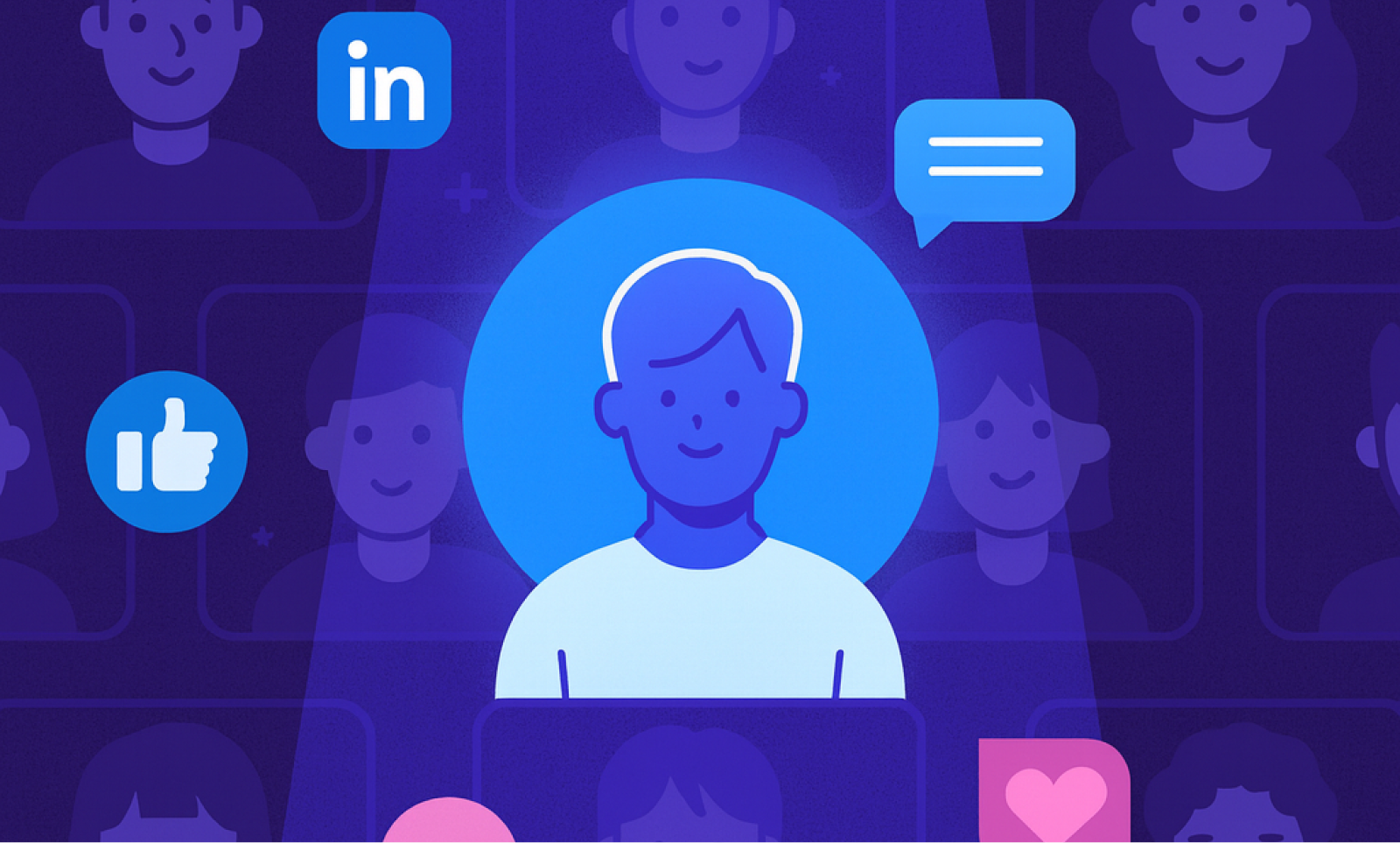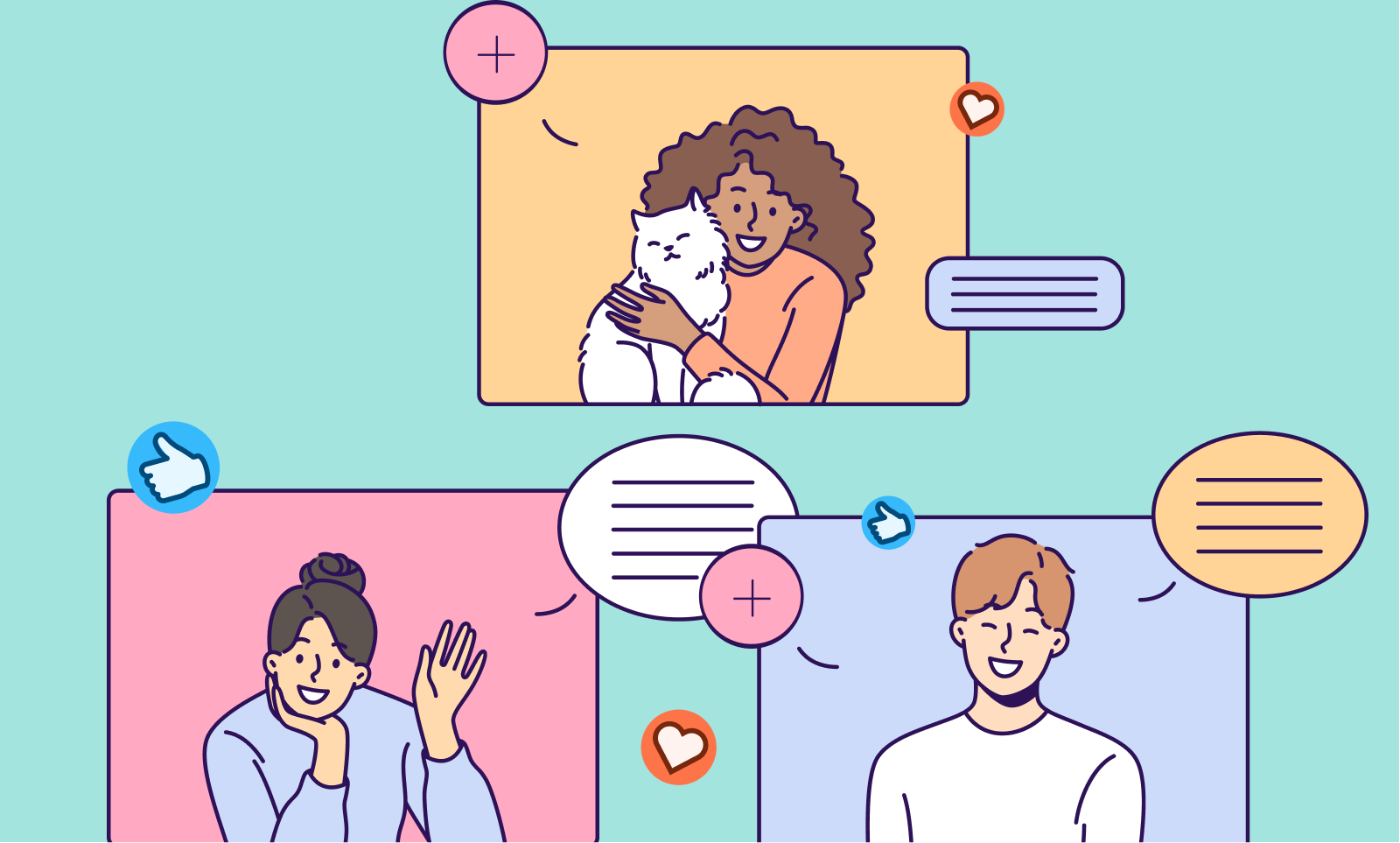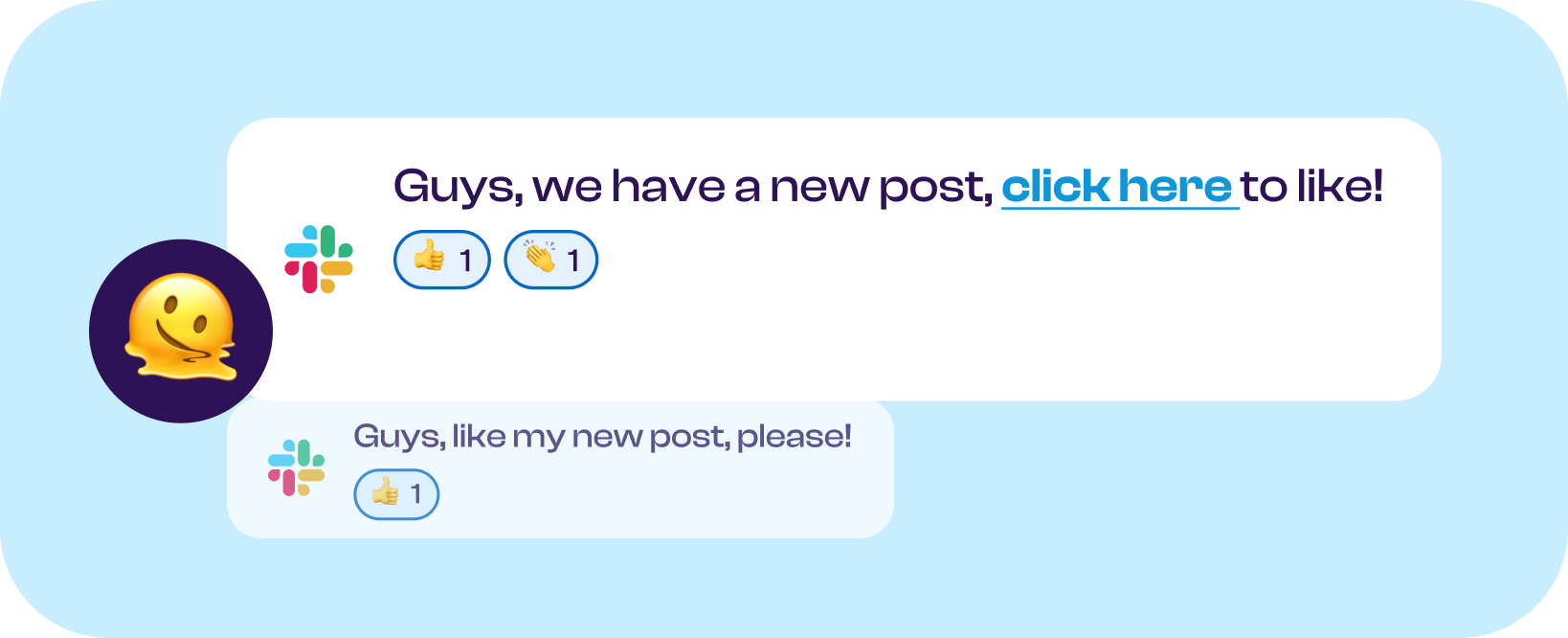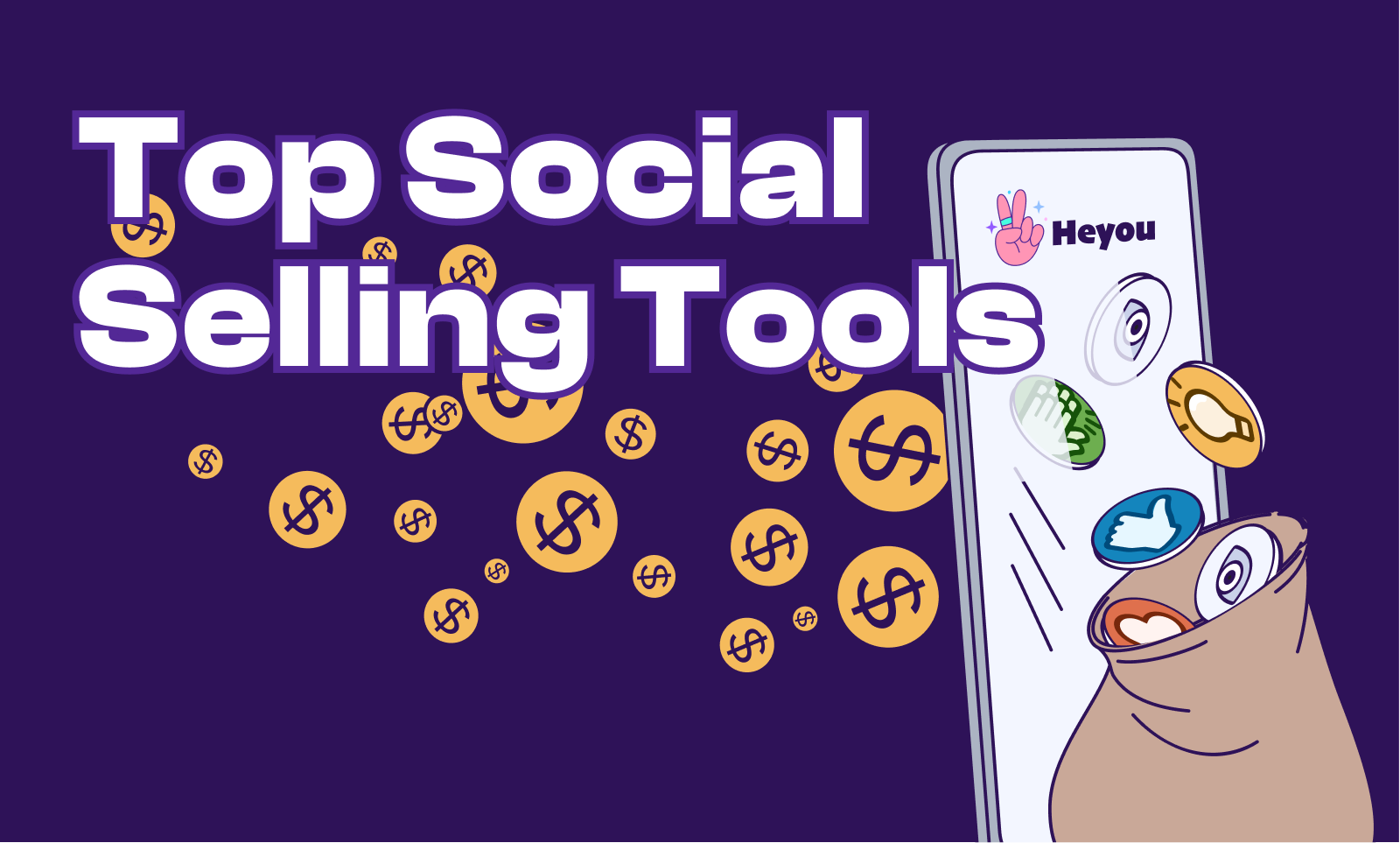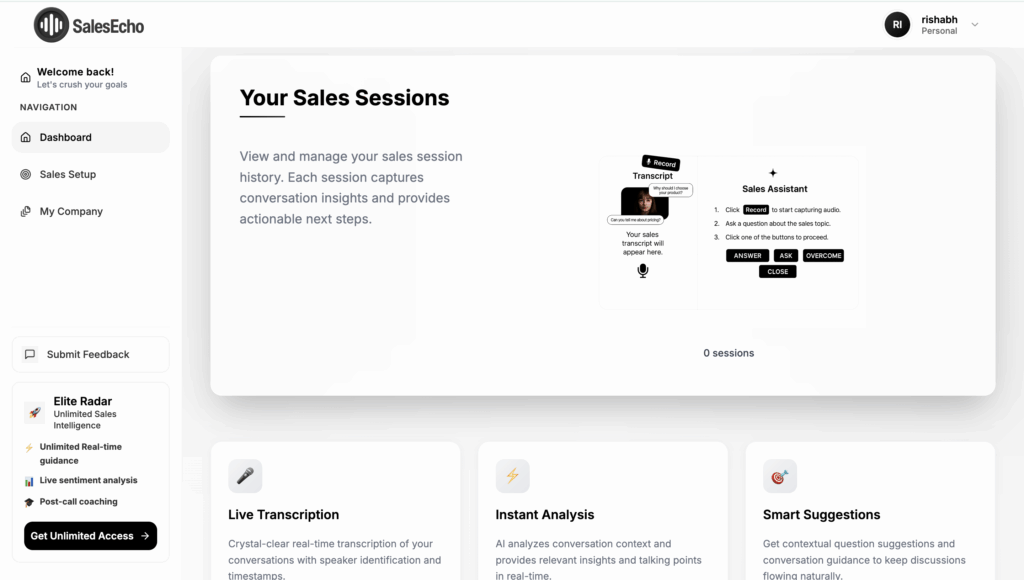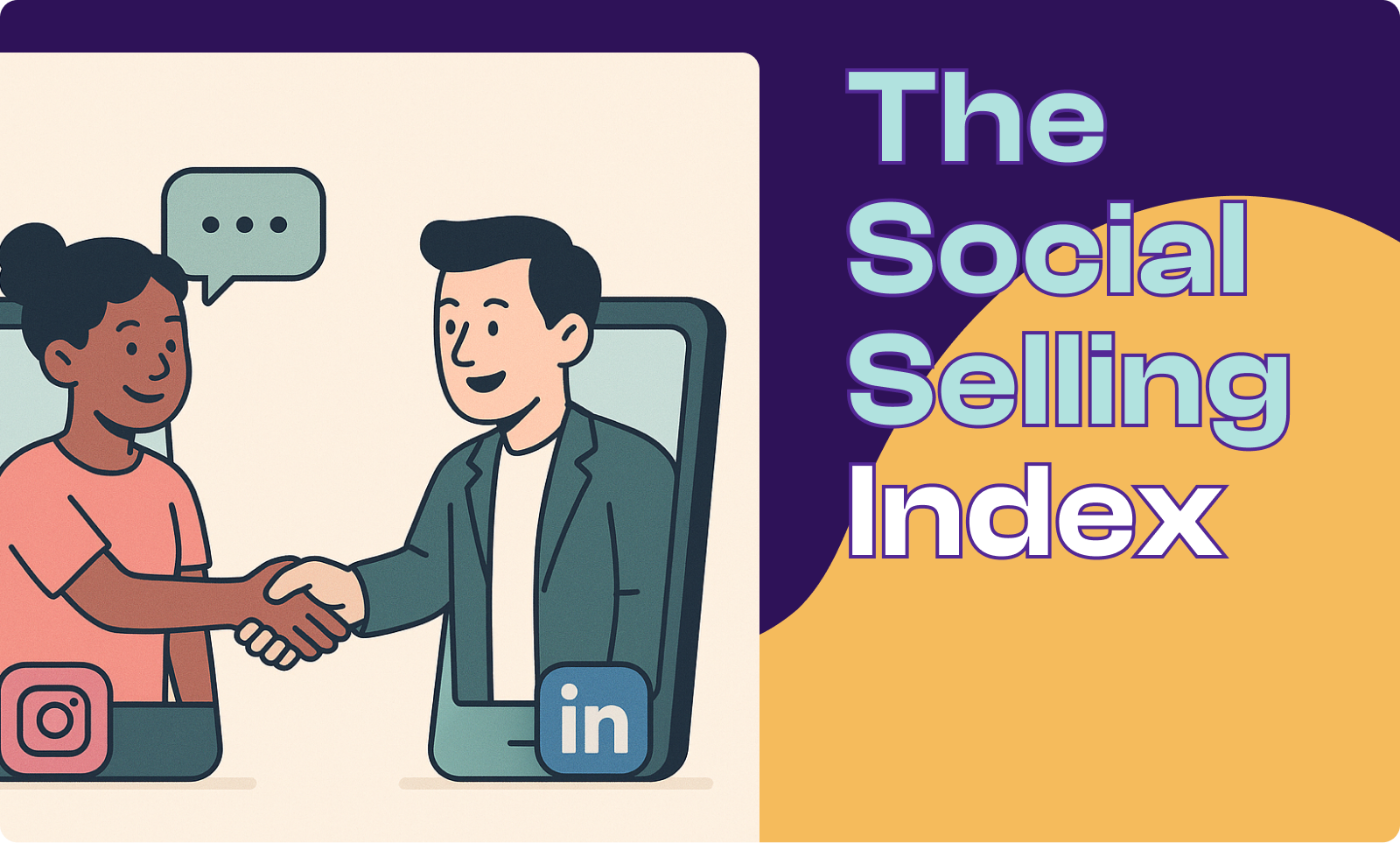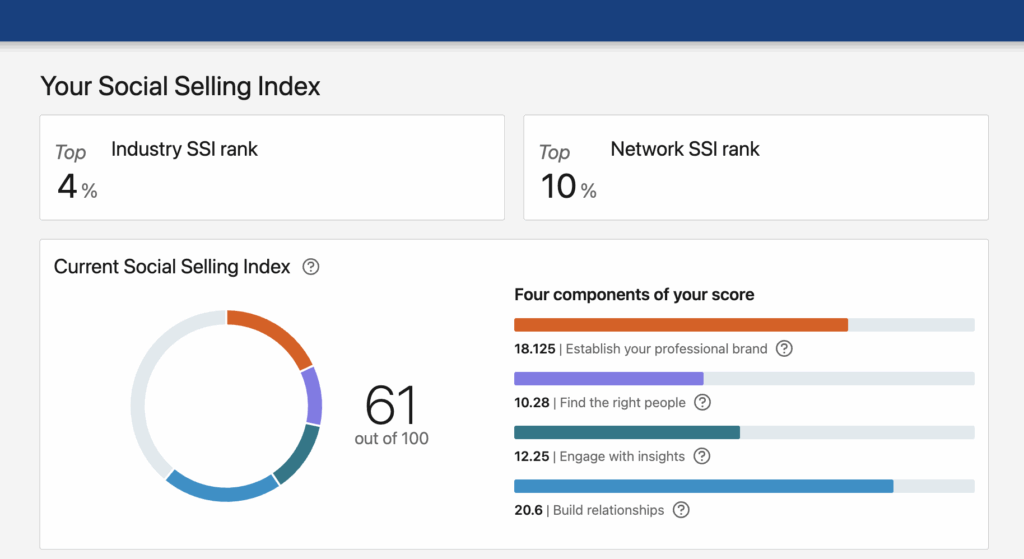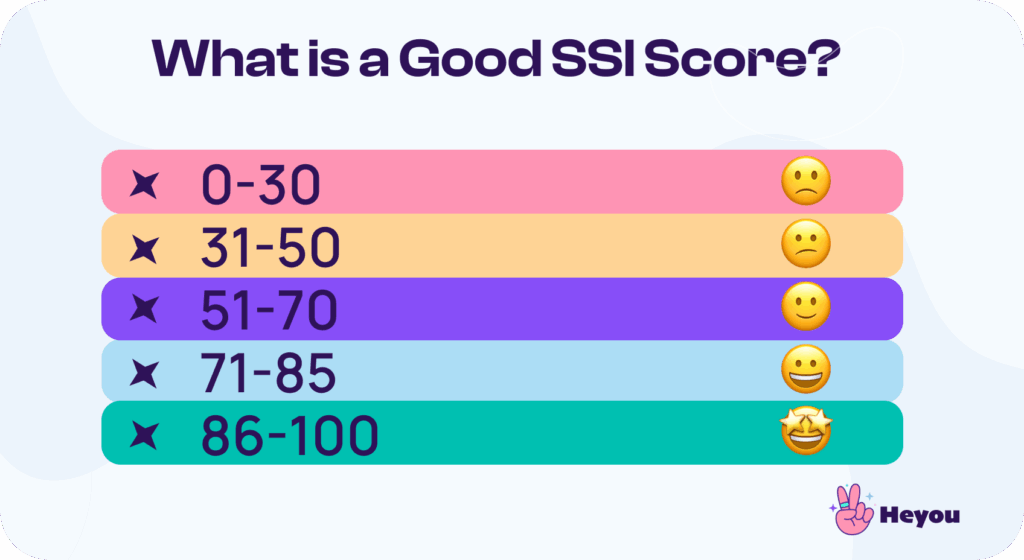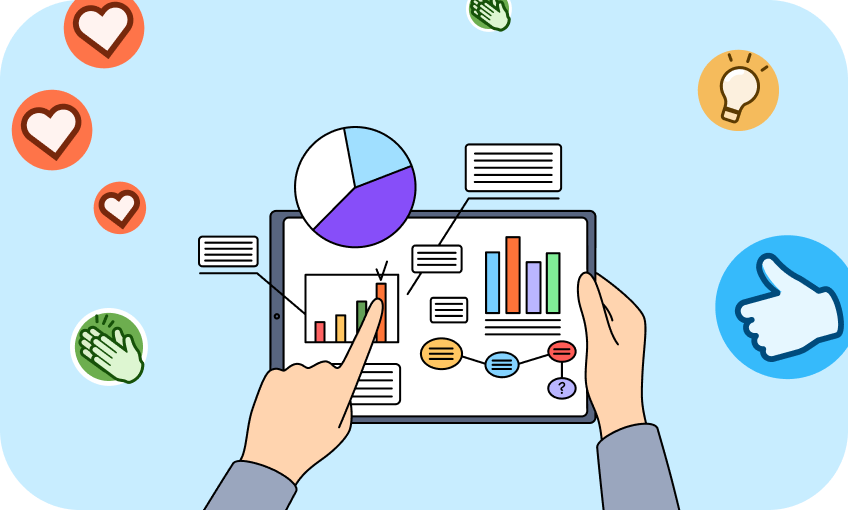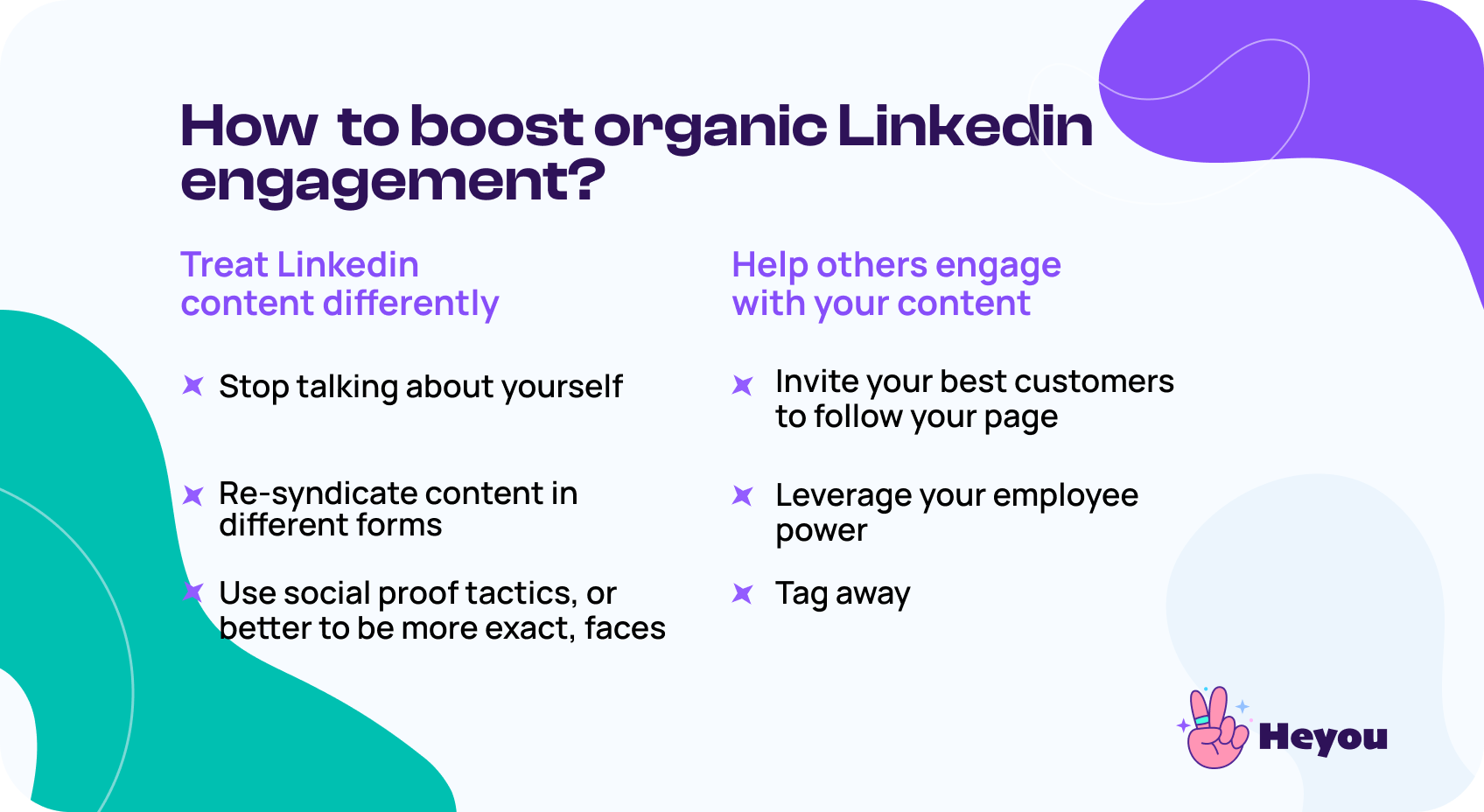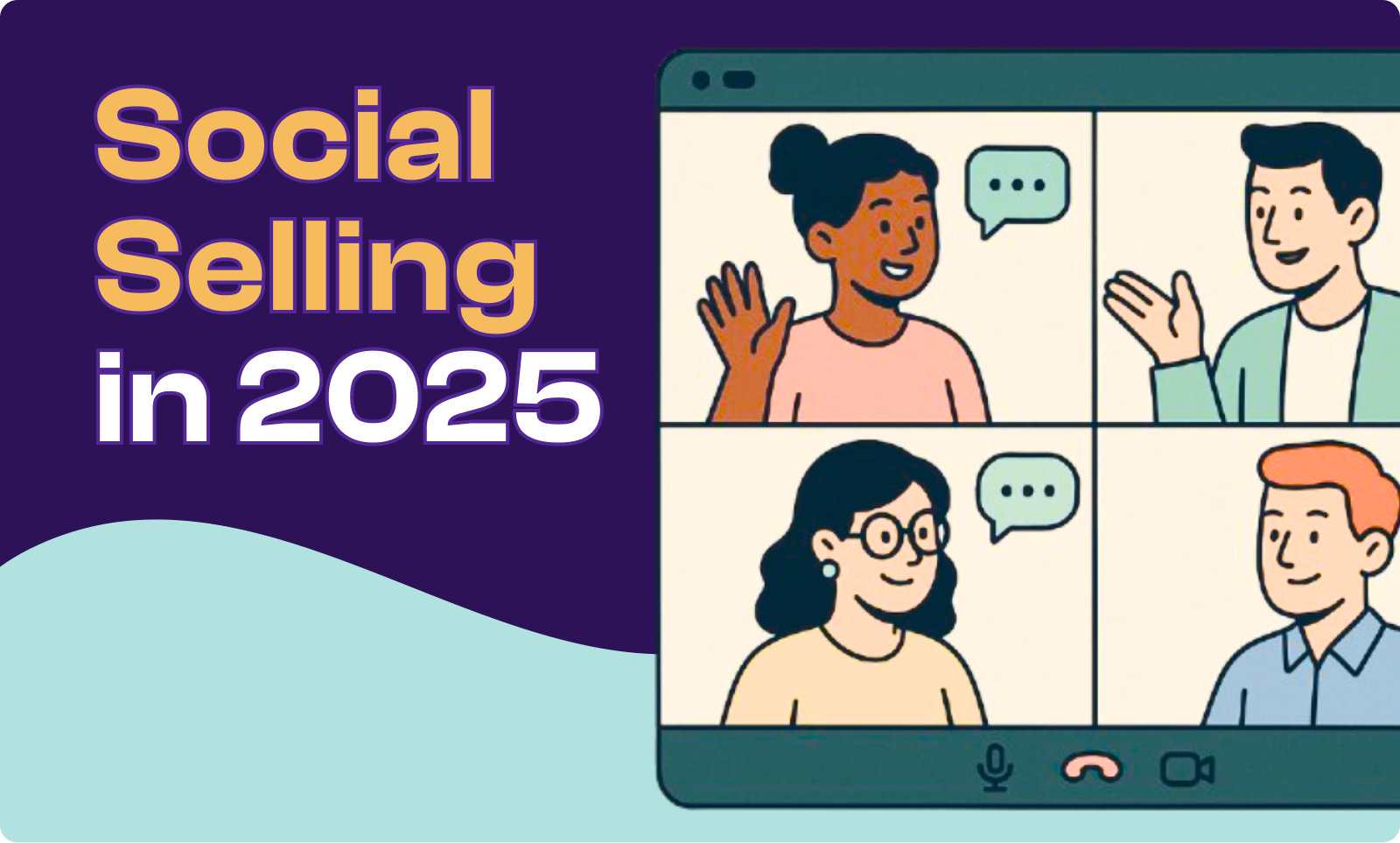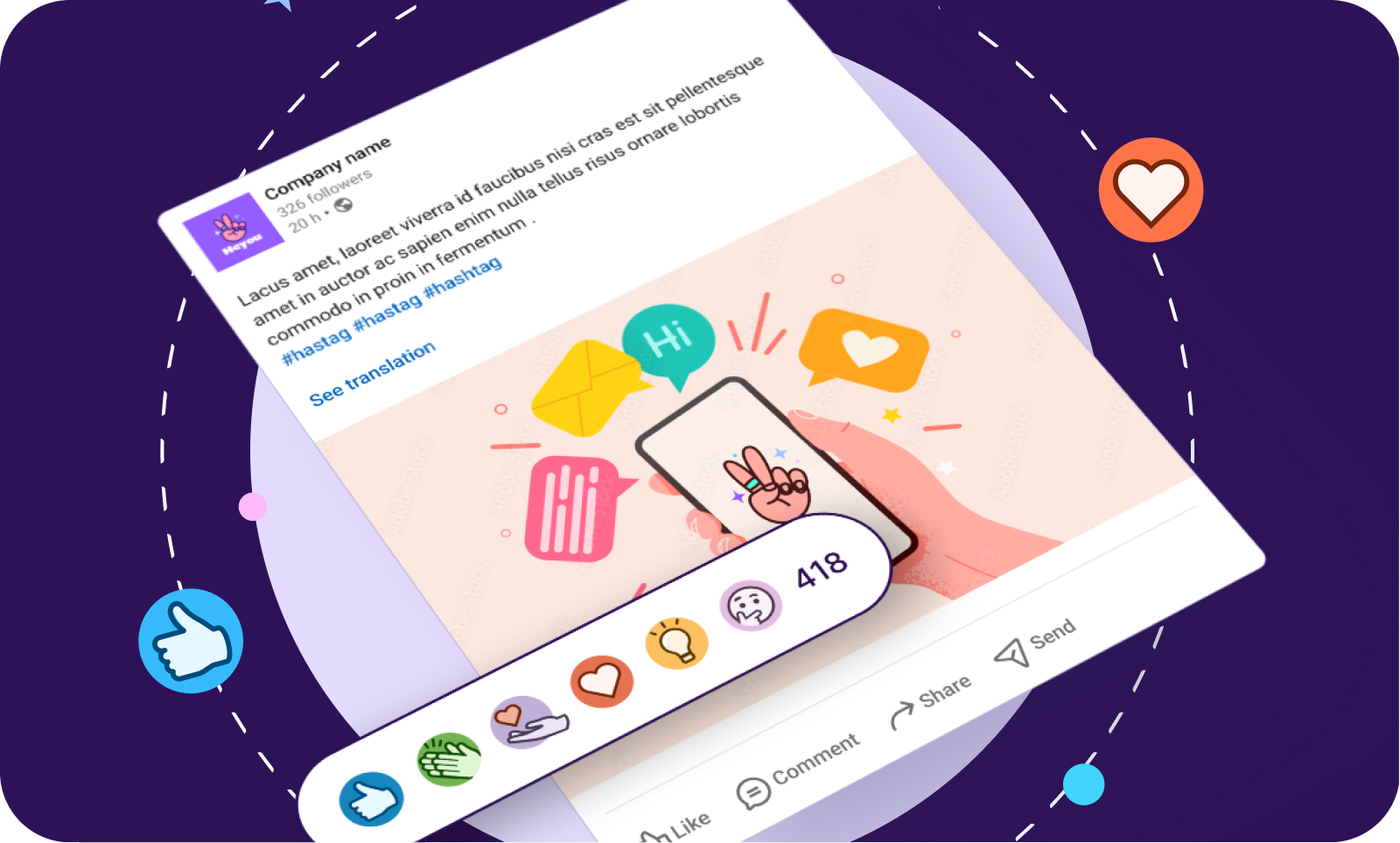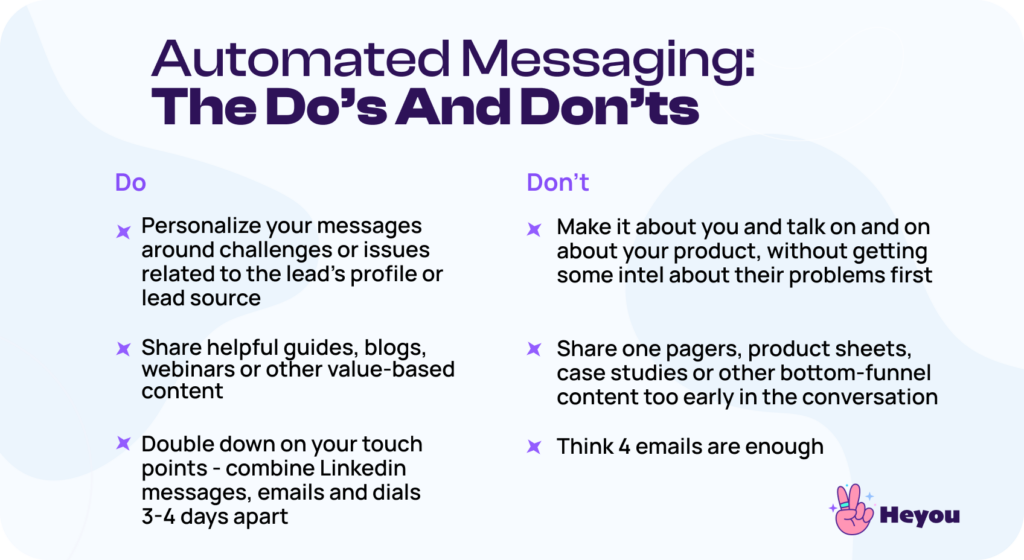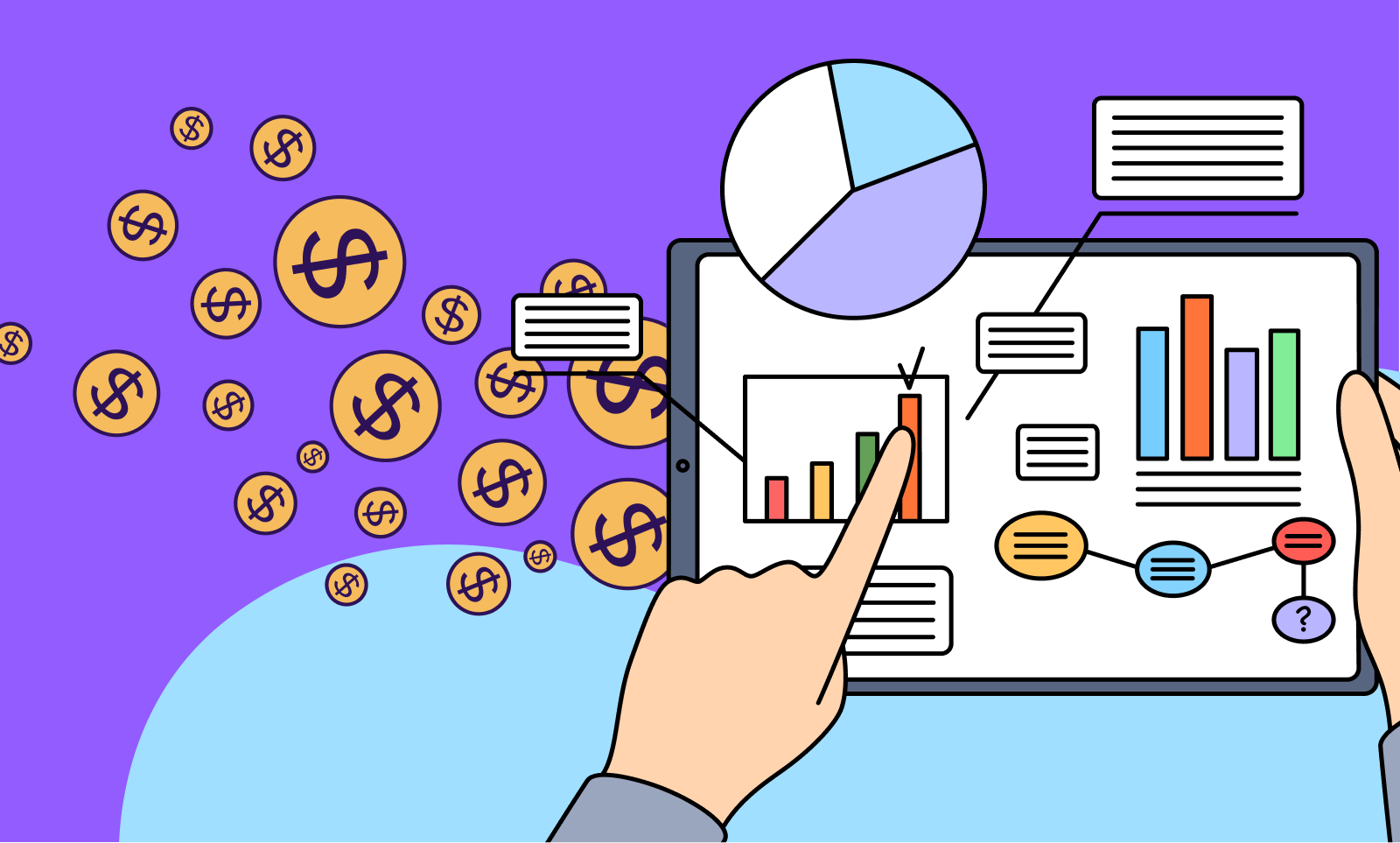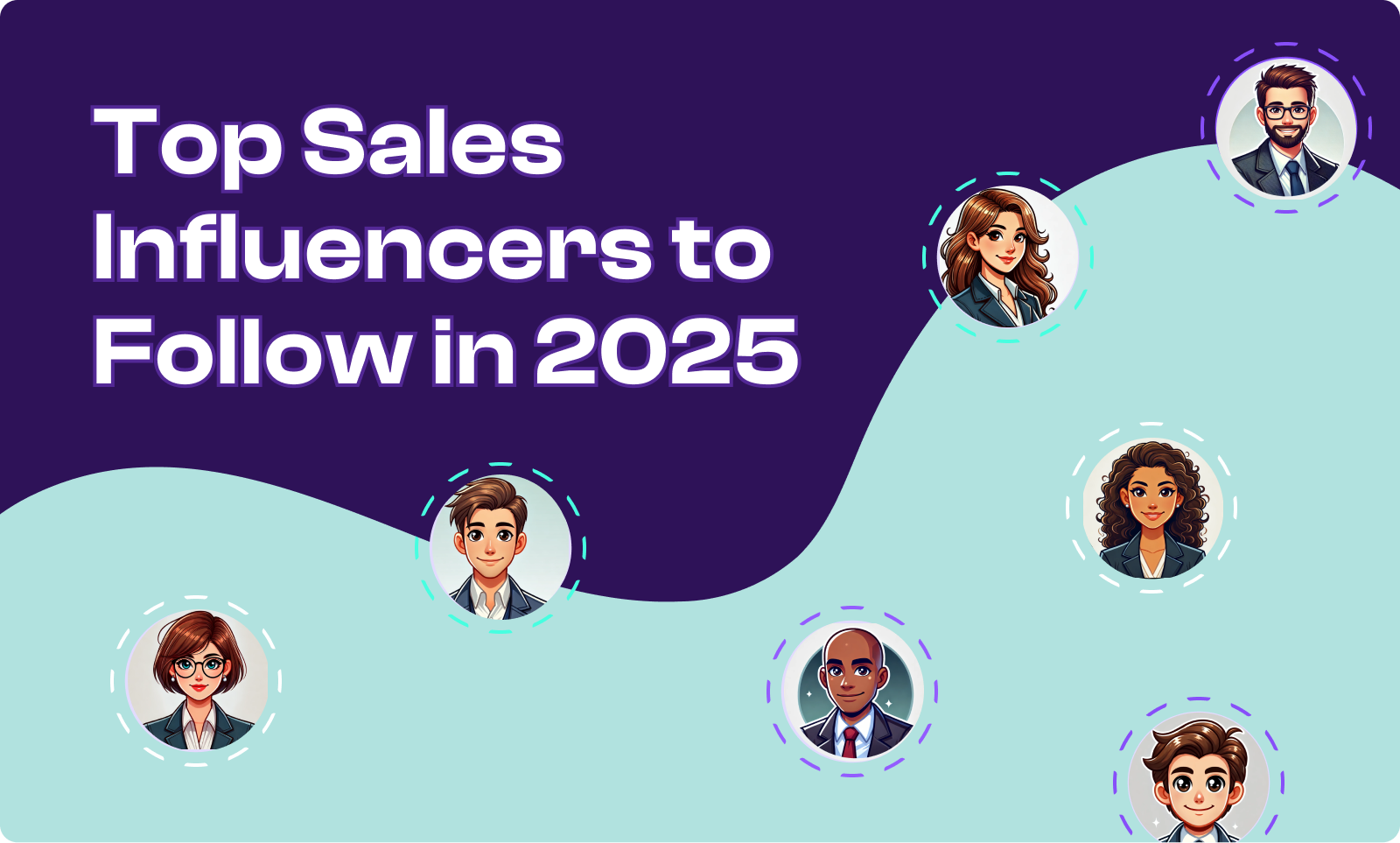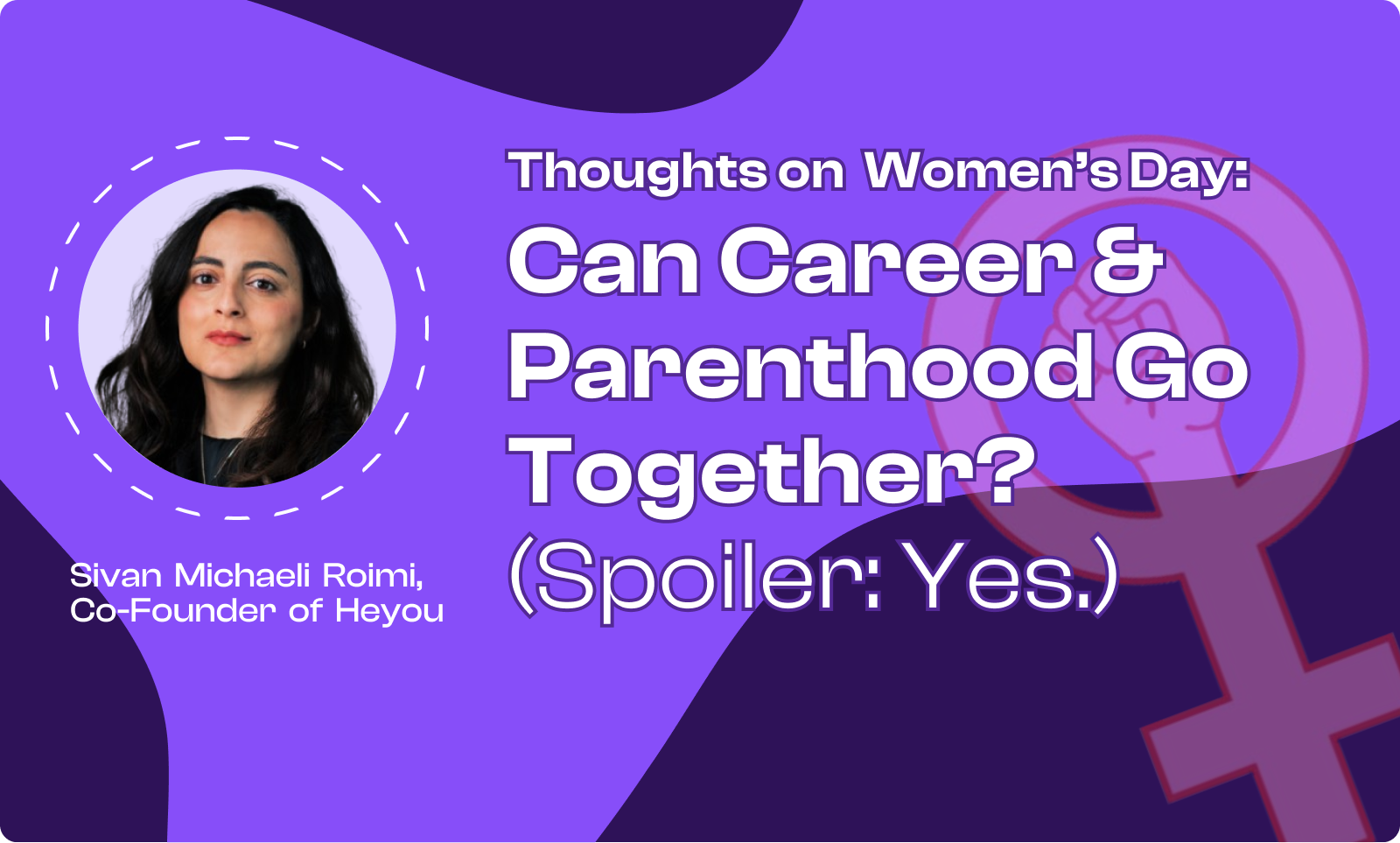TL;DR
LinkedIn personal branding = clarity of niche + consistency of message + authenticity of voice. Optimize your profile, post valuable content, engage genuinely, and measure what works. Over time, this visibility compounds into trust, leads, and real business opportunities.
Why LinkedIn Personal Branding Matters
LinkedIn passed 1.1 billion users in 2025, up from ~930 million just two years earlier. For many this is more than just a network, it’s the world’s largest stage for professional reputation. Your profile and content are 24/7 proof of who you are and what you stand for. People check you out before responding to an email or hopping on a call.
Research shows employee posts get 561% more reach than company accounts. That means your personal brand on LinkedIn is often more powerful than your company page.
What Is LinkedIn Personal Branding?
Jeff Bezos famously said: “Your personal brand is what people say about you when you are not in the room”. On LinkedIn, that brand is shaped by your profile, your content, and your interactions. Unlike Instagram or Twitter, LinkedIn personal branding rewards professional storytelling: lessons learned, thought leadership, and authenticity. As Forbes noted, “Authenticity is your strongest differentiator”.
Where should you start? Start with clarity: what do you want to be known for? Pick a lane, whether it’s “B2B sales strategy”, “startup growth marketing”, or “cybersecurity leadership”. Then define your goals. Are you aiming to generate inbound leads, attract talent, get invited to speak, or build investor visibility? Next, understand your audience. Talk to them in their language and solve their problems. Finally, let your values shine.
Likes are nice, but your added value gains trust, and trust gains business.
How to Build LinkedIn Personal Branding
- Profile Optimization: Rewrite your headline to show value, not just job title (“Helping startups scale with LinkedIn growth” > “VP Marketing at X”). Update your banner to visually reinforce your message. In your About section, tell a first-person story of who you help and how.
- Content Strategy: Post 2–3 times a week. Use a mix of formats (text, video, carousels). Focus on storytelling: customer challenges, leadership lessons, or industry insights. End posts with questions that spark engagement.
- Engagement: Spend time daily commenting thoughtfully on peers’ and prospects’ posts. Respond to all comments on your own posts. Tag collaborators when relevant and reshare others’ content with your perspective.
- Measurement: Use LinkedIn Analytics to track which posts drive views, saves, and profile visits. Refine based on real data.
Mistakes to Avoid in LinkedIn Personal Branding
- Don’t try to appeal to everyone. Pick a niche.
- Posting only wins or promotional content? You’re doing it wrong. Be human – mix in vulnerability and real lessons learned.
- Ignoring profile updates: make sure your profile reflects your current positioning.
- Over-posting low-quality content: consistency matters, but quality wins.
- Over-AI-ing and automating: people recognize templated comments and generic posts instantly.
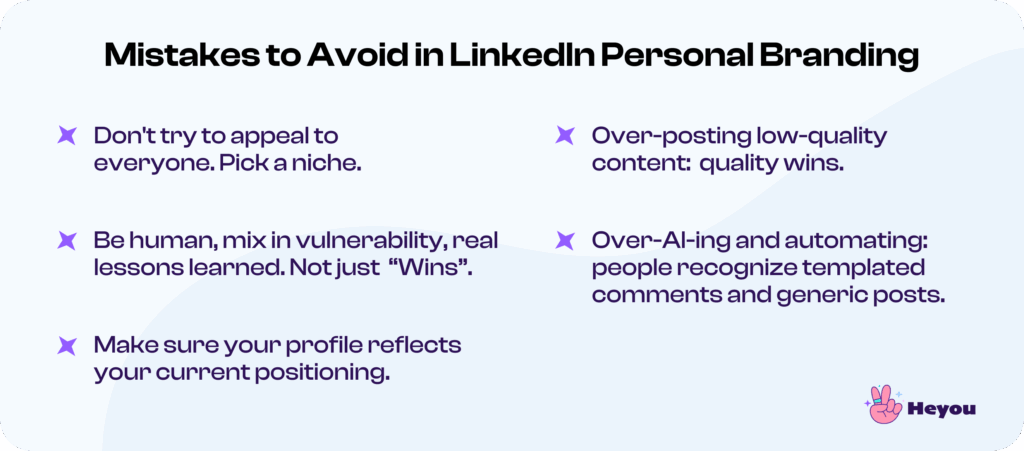
10 Advanced Tactics to Grow Your LinkedIn Personal Brand
Showing your true colors is always the best tactic, but collaborations, podcasts, content repurposing, and more could be useful tactics as well. Stay relevant by implementing the following tactics:
1. Define your brand statement
Write one line about who you are, who you help, and the value you bring. This becomes the north star for your profile and your posts.
2. Optimize your profile for humans (not just keywords)
Use a professional headshot with personality, a banner that reflects your expertise, and a headline that shows value, not just your job title. Write your About section in first person with a story arc.
3. Collaborate with peers or other influencers:
Tag peers, co-author posts, appear on podcasts – search for opportunities and take part in community coversations.
4. Turn experiences into stories
Share insights from meetings, failures, customer interactions, or personal wins. Stories connect more than stats. End with a lesson learned or a question to invite discussion.
5. Create a recognizable style
Use a repeatable format, “3 Lessons from X,” “This Week’s Takeaway,” or “What I Learned From Y.” This makes your voice distinct and memorable.
6. Comment like a thought leader
Treat comments as micro-posts. Instead of “great post!”, add perspective or share a related experience. Many people discover you first through your comments, not your posts.
7. Curate with context
When sharing others’ articles or industry news, always add your take. A curated post without commentary is noise. With context, it positions you as plugged in and thoughtful.
8. Showcase credibility without bragging
Instead of “Look what I achieved,” frame milestones as lessons: “Here’s what surprised me when we hit X” or “One thing I’d do differently after Y.” This builds authority and relatability.
9. Diversify how people “experience” you
Mix short text updates, visuals, selfie-style videos, or even audio snippets. Personal branding is partly about showing personality, and different media humanize you in different ways.
10. Track signals that matter
Don’t obsess over likes. Pay attention to profile views, connection requests, direct messages, or invitations you receive. These are the signs your LinkedIn personal brand is working.
FAQs on LinkedIn Personal Branding
1. How do I start LinkedIn personal branding from scratch?
Stop procrastinating and start today. How many times did you say you’re going to do it and haven’t? Start with optimizing your profile, choose your niche, and commit to consistent posting and engagement. No excuses!
2. How often should I post for personal branding on LinkedIn?
2–3 times per week is enough for consistency without burnout.
3. What type of content works best?
Personal stories tied to professional lessons, customer insights, and industry perspectives.
4. How can I grow followers without looking spammy?
Add value. Comment thoughtfully, collaborate, and share actionable insights. Avoid pods or mass-connection tactics.
5. Can I use automation tools for LinkedIn personal branding?
Light tools for scheduling are fine, but never automate your voice, authenticity is your edge.
Final Thoughts
Building your LinkedIn personal brand is a long game. Remember – six months of consistency beats one viral post. As you grow, refine your niche and voice. Don’t chase vanity metrics, focus on strategic visibility with the right people: prospects, investors, hires, and peers. Build familiarity, earn trust, and opportunities will follow.
